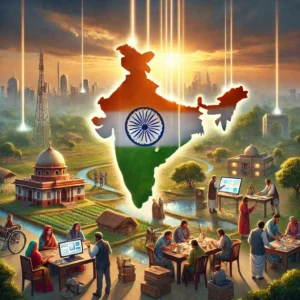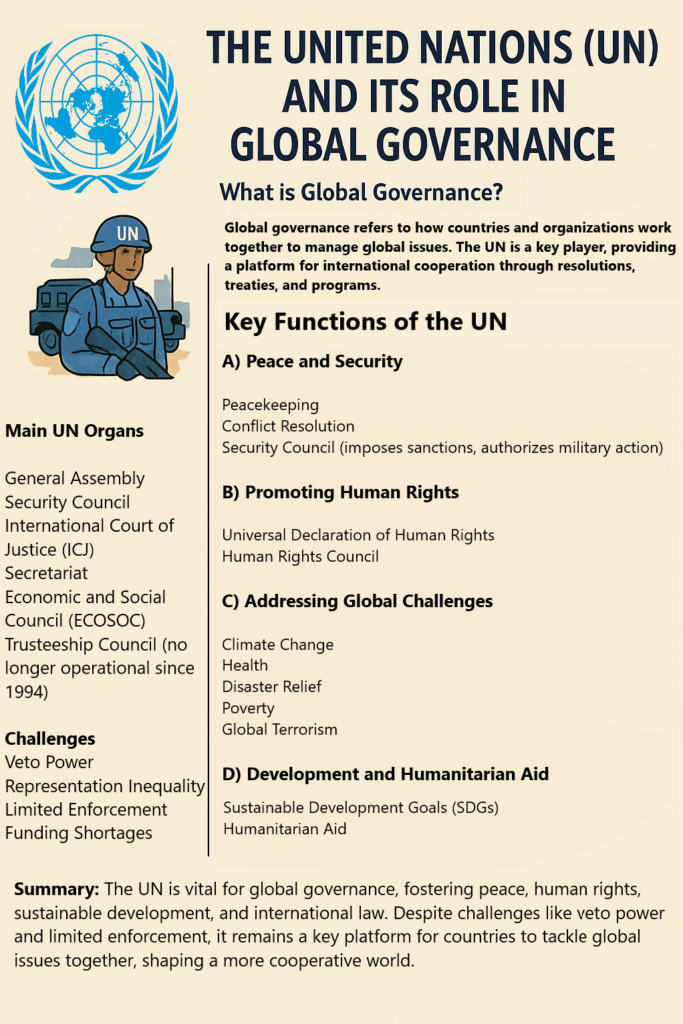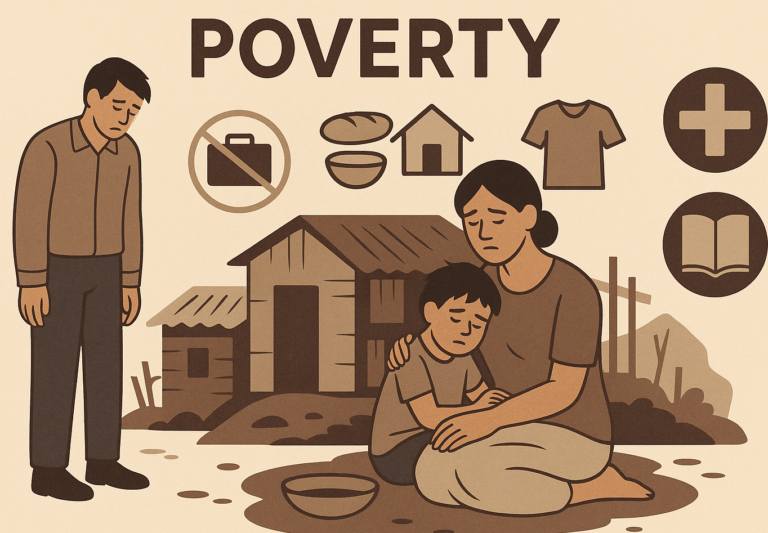What is Decentralization?
Decentralization is the process of transferring power, responsibility, and resources from the central government (the government in the capital, New Delhi) to local levels of government. Instead of one central government making all the decisions, decentralization ensures that local governments can make decisions and manage resources that are closer to the people. This is done to make governance more inclusive, responsive, and efficient by giving local people more control over their own lives and decisions.

What is the Panchayati Raj System?
The Panchayati Raj System is the system of local self-government in India, specifically at the village, intermediate (block), and district levels. The aim of the Panchayati Raj system is to bring power and decision-making closer to the grassroots level so that people can have a say in how they are governed. It’s based on the idea that decisions made at the local level are more suited to the local context, and that people should have a direct role in managing their own affairs.
Why Was the Panchayati Raj System Created?
Before the Panchayati Raj system, governance in rural areas was often controlled by a few influential people or elites. This led to a lack of participation by the general public, especially the poor and marginalized communities. The government wanted to:
- Empower local communities to make decisions.
- Promote participation in governance.
- Ensure that local problems were addressed by those who are directly affected by them.
- Strengthen democracy at the grassroots level.
How Does the Panchayati Raj System Work?
The Panchayati Raj System is divided into three levels:
- Gram Panchayat (Village Level)
- This is the lowest level of the Panchayati Raj system, and it functions at the village level. It’s the first point of contact for the rural population in terms of governance.
- The Gram Panchayat consists of elected representatives from the village. They manage local issues like water supply, sanitation, education, and infrastructure.
- The Sarpanch is the head of the Gram Panchayat and is elected by the people of the village.
- Panchayat Samiti (Block Level)
- The Panchayat Samiti operates at the block level, which is a collection of villages or a group of Panchayats.
- It acts as a link between the Gram Panchayat and the Zilla Parishad (District level). It coordinates various development programs and policies for the area.
- The Block Pramukh is the head of the Panchayat Samiti.
- Zilla Parishad (District Level)
- The Zilla Parishad is the highest level of the Panchayati Raj system and operates at the district level.
- It is responsible for planning and coordinating development activities across the district. It works with both the state and central government to ensure that various government programs are implemented effectively at the local level.
- The Zilla Parishad Chairperson is the head of the Zilla Parishad.
The Three-Tier Structure:
So, in simple terms, the Panchayati Raj System works in a three-tier structure:
- Gram Panchayat – For the village.
- Panchayat Samiti – For the block or a group of villages.
- Zilla Parishad – For the district.
Constitutional Recognition and the 73rd Amendment (1992)
In 1992, the 73rd Constitutional Amendment was passed to give a constitutional backing to the Panchayati Raj system. Before this, local governments existed in some places but didn’t have much power or formal structure. The 73rd Amendment:
- Made it mandatory for all states to establish Panchayati Raj institutions in rural areas.
- Guaranteed elections for the positions in the Panchayats at all levels.
- Provided reservations for women, Scheduled Castes, and Scheduled Tribes to ensure their participation.
- Ensured regular financial devolution to local bodies so that Panchayats have funds for development work.
Key Features of the Panchayati Raj System
- Elected Representatives:
- People elect their representatives at each level (Gram Panchayat, Panchayat Samiti, and Zilla Parishad) through direct elections. This gives people the power to choose who represents them in decision-making.
- Decentralization of Power:
- By empowering local bodies, the system ensures that important decisions regarding health, education, water supply, and rural development are made by the people who are most affected by them.
- Reserved Seats for Marginalized Groups:
- The system ensures that women, Scheduled Castes (SC), and Scheduled Tribes (ST) have reserved seats in the Panchayats, so they can actively participate in the decision-making process. One-third of the seats are reserved for women at all levels of Panchayats.
- Control Over Local Development:
- Local Panchayats are responsible for implementing and managing various government programs at the local level. For example, they handle issues like drinking water, sanitation, roads, and schools in their areas.
- Financial Powers:
- Panchayats are given powers to raise money through taxes, grants, and other sources. They also receive funding from the state and central governments for local development activities.
Challenges of the Panchayati Raj System
While the Panchayati Raj system has brought power closer to the people, there are some challenges:
- Lack of Financial Independence:
- While Panchayats receive funds from the government, they often do not have enough resources to carry out development work effectively.
- Interference from Higher Levels of Government:
- In some cases, state governments or local political leaders may interfere with the functioning of Panchayats, making it difficult for them to operate independently.
- Lack of Capacity and Training:
- Many elected representatives at the local level lack training in governance and development planning, which can lead to inefficiency or mismanagement of resources.
- Gender and Social Barriers:
- Even though women and marginalized groups are given reserved seats, social and cultural barriers may prevent them from participating fully in Panchayat activities.
Conclusion
The Panchayati Raj System is a way to bring democracy closer to the people, especially in rural areas. It ensures that people in villages, blocks, and districts have a say in their own development and governance. By decentralizing power and giving local bodies more control, the system promotes participatory democracy and helps address the needs of rural communities. Though there are challenges in its implementation, the Panchayati Raj system plays a crucial role in promoting rural development, empowering local communities, and ensuring that governance is responsive to the needs of the people.











